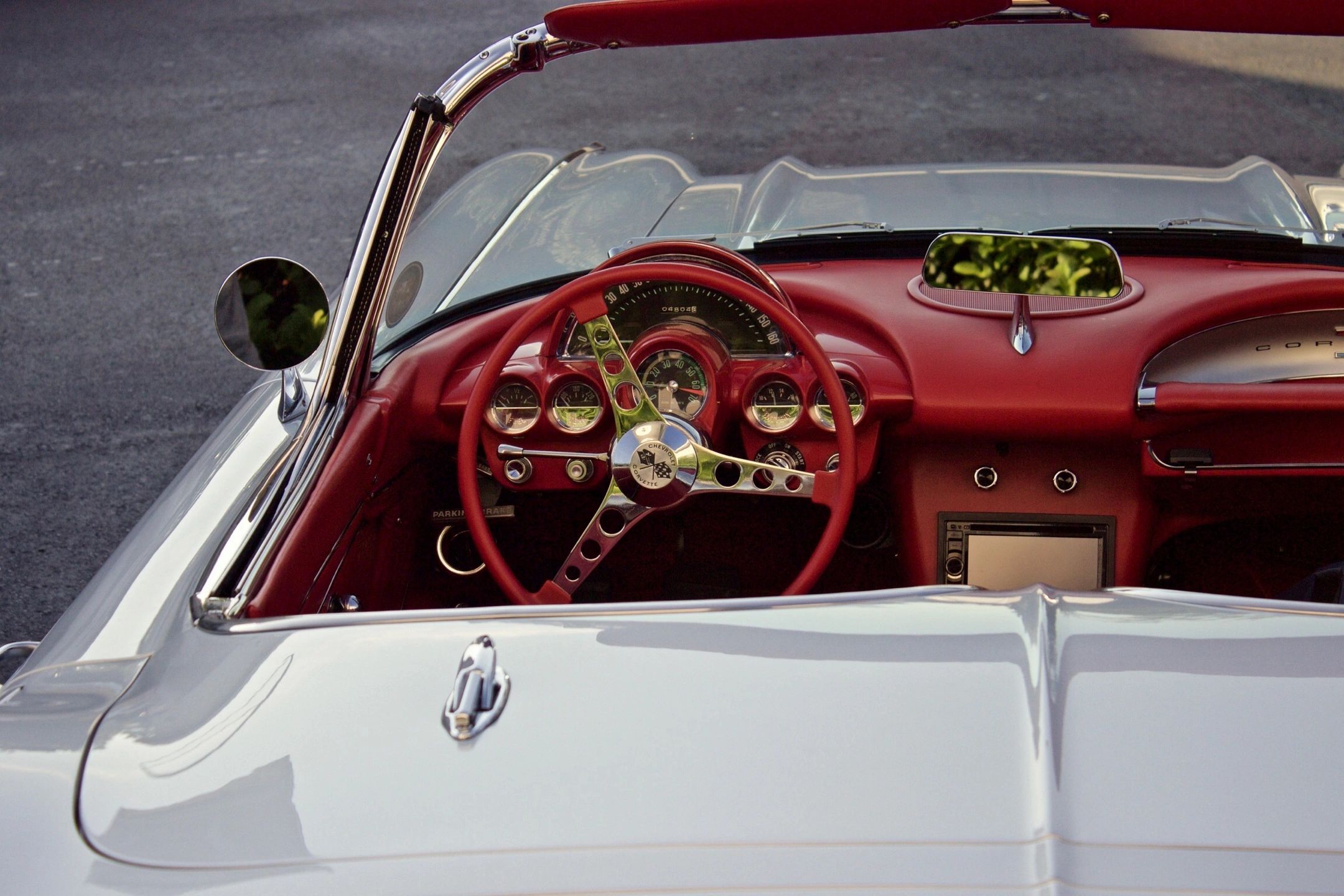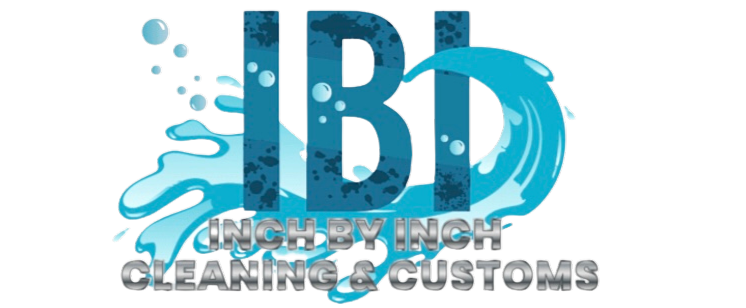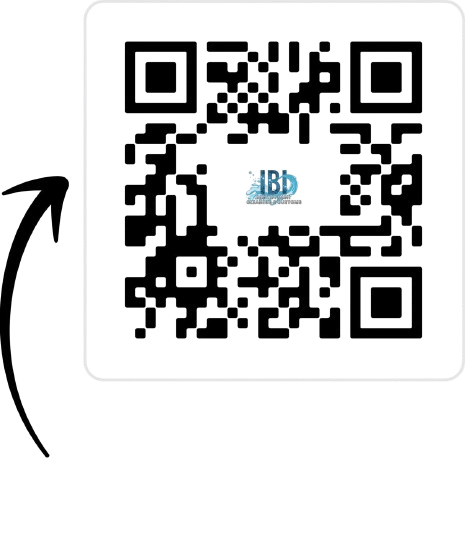– Washing and Drying: The process begins with washing the car’s exterior to remove dirt and grime. A clay bar may be used to remove contaminants that regular washing can’t.
– Polishing: This step removes minor scratches, swirl marks, and oxidation. It’s often done using a machine polisher.
– Waxing/Sealing: A layer of wax or sealant is applied to protect the paint and give it a glossy finish.
– Tire and Wheel Cleaning: Special attention is given to the wheels and tires, which are cleaned, polished, and sometimes treated with a dressing for a fresh look.
– Vacuuming: The interior is thoroughly vacuumed, including the seats, carpets, and other upholstery.
– Shampooing: Carpets and seats may be shampooed to remove stains and dirt.
– Cleaning and Conditioning: All surfaces, including the dashboard, door panels, and console, are cleaned and treated with appropriate products. Leather surfaces may be conditioned to keep them soft and prevent cracking.
– Glass Cleaning: Interior and exterior glass surfaces are cleaned to ensure clarity and a streak-free finish.
– Though not always included, detailing the engine bay involves cleaning the engine and its components. This is mainly for aesthetics but can also help identify any leaks or issues.
– Paint Correction: More intensive polishing to remove deeper scratches and imperfections.
– Ceramic Coating: A durable protective layer applied to the vehicle’s paint that provides long-term protection and a high-gloss finish.
– Headlight Restoration: Restoring cloudy or yellowed headlights to improve appearance and visibility.

Vehicle detailing is typically done by professionals, though some car enthusiasts prefer to do it themselves. Depending on the services chosen, detailing can take several hours to a full day to complete.
Benefits of Vehicle Detailing:

Mon- Fri Appointment Only
Sat-Sun Closed
